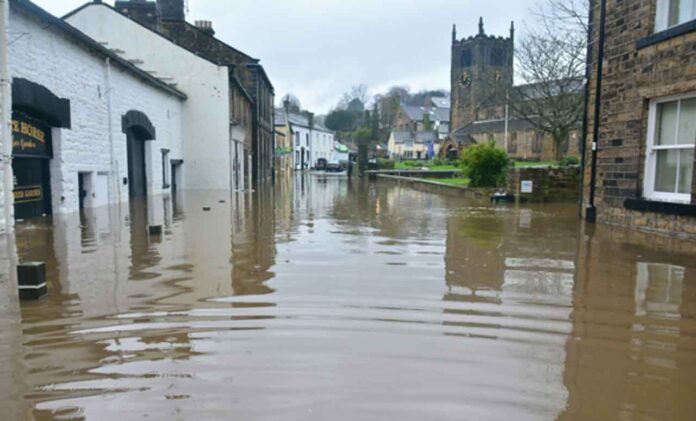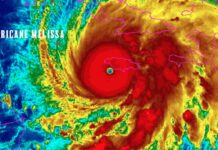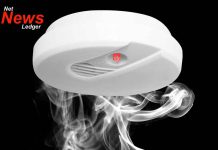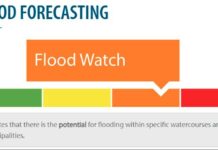Water damage can cause significant damage to your home and lead to large-scale, long-term, and expensive repairs because restoring a home after a flood is always a complex task that requires a comprehensive approach to its solution. Whether residential flooding is caused by a broken pipe, a leaking roof, or a severe storm, water damage can lead to structural problems and mold growth if not repaired quickly. Fortunately, there are some pretty powerful, effective preventative measures you can take to protect your home from water damage. By taking preventative measures and being vigilant, you can minimize the risk of water-related disasters and keep your home completely safe.
Source: Unsplash
It is important to thoroughly understand any potential risks.
Before you start taking preventative measures, it’s important to understand the most common causes of water damage in your home. Some of the most common causes are plumbing problems, such as burst pipes, leaking faucets, or malfunctioning appliances such as washing machines and dishwashers. Another key cause is a variety of weather factors, including heavy rains, hurricanes, and prolonged snowmelt. Additionally, structural issues such as a failing roof, foundation cracks, or poor drainage around your home can contribute to water entering your home. If this happens, you should choose the service of water damage restoration in Winnipeg, where experienced specialists will be able to realistically assess the current state of damage, estimate future costs, and help carry out comprehensive restoration work.
Water damage not only threatens the structural integrity of your home but also poses a health risk through mold growth. These key factors highlight the importance of taking preventative measures to protect your home from water damage.
Water damage can be an expensive and devastating problem for homeowners. You can reduce the risk of water damage and protect your home by taking preventative measures. Here are quite interesting and effective tips for protecting your property:
| Seven key steps | A brief description of the key steps |
| Step #1. Inspect Appliances Regularly | Check washing machine hoses, refrigerator ice maker lines, and dishwasher connections for leaks. |
| Step #2. Maintain Sump Pump | Ensure your sump pump is in good working condition and consider a battery backup for power outages. |
| Step #3. Elevate Electrical Systems | Raise electrical components such as sockets, switches, and wiring above potential flood levels. |
| Step #4. Protect Important Documents | Store important documents and valuables in waterproof containers or elevated areas. |
| Step #5. Monitor Water Bills | An unexpected increase in water usage could indicate a leak. Investigate promptly if noticed. |
| Step #6. Educate Household Members | Teach everyone in your household how to shut off the water supply in case of an emergency. |
| Step #7. Consider Flood Insurance | Evaluate whether your home is at risk of flooding and consider purchasing flood insurance. |
By carefully following these key steps outlined in the chart, you can significantly reduce the likelihood of water damage and protect your property from the negative effects of water. Regular and detailed inspections and preventive maintenance are key solutions to avoid costly repairs and expensive, time-consuming restoration work.
Let’s consider effective preventive measures.
Roof and gutter inspection and maintenance. The roof is your home’s first line of defense against water ingress. Inspect your roof regularly for worn, damaged, or missing shingles. Clean gutters and downspouts to ensure proper drainage, especially during heavy rains. To prevent debris from accumulating, consider installing guards.
Carefully check window seals and door frames for gaps that could allow water to enter your home when it rains. Replace worn seals and, if necessary, apply sealant to maintain tightness.
Check for leaks under sinks, around toilets, and behind appliances such as refrigerators, dishwashers, and washing machines. Replace mechanically worn hoses to prevent leaks. Consider installing water leak detectors to alert you to leaks before they cause significant damage. High water pressure can cause significant stress on plumbing and increase the risk of pipe bursts. Use a pressure gauge to regularly check the water pressure in your home and consider installing a pressure regulator if it exceeds the recommended level.
Frozen pipes can burst and cause significant damage to your home during the winter. Insulate exposed pipes, especially in unheated spaces such as basements and attics. During winter, let the faucets drip slowly to relieve the pressure in the pipes.
Aspect of a functioning drainage system
Consider installing gutters or a sump pump if your basement is prone to flooding. Trim trees and bushes near your home to prevent roots from damaging pipes. Create a detailed plan that everyone understands in case of extreme weather conditions, such as hurricanes or severe storms. Keep important documents, valuables, and emergency supplies in a safe place on the rise. Consider purchasing a backup generator to keep critical systems running during periods of power outages.
Responding to real estate water damage
Despite your best efforts, water can cause significant damage to your property. Acting quickly and with certainty is key to minimizing damage and preventing mold growth. If you notice water damage in your home, do the following:
- Shut off the main water supply immediately to prevent further flooding of your home;
- Actively use pumps to remove stagnant water in the premises;
- Use dehumidifiers to promote air circulation and speed up drying time;
- Throw away all damaged materials, carpets, furniture, and other damaged items to prevent mold growth;
- Use disinfectants to clean flooded surfaces and prevent mold growth.
Summarizing everything that has been said
Comprehensive protection of your home and other real estate from water damage requires careful attention and preventive maintenance. By regularly inspecting your home, promptly solving emerging problems, and preparing for emergencies, you can significantly reduce the risk of water-related disasters and their negative impact on the condition of your home. Remember, a small investment in preventative measures now can save you from expensive repairs and lengthy restoration work in the future.
If you need professional help with water damage restoration in Winnipeg, contact Double Clean Restoration. Their knowledge and prompt service can help minimize damage and restore your home quickly.
By following these key steps, you can protect your home from water damage and create a safe and comfortable environment for you and your family to live in.







